In recent weeks we have been traveling through another Algarve for over 150 years, where ignorance, ignorance and begging were the rule and not the exception.
It will be recalled that the civil governor Aires Garrido traveled, between August 1866 and April of the following year, throughout the district of Faro, preparing a very detailed Report that he sent to the government, where he described what he witnessed, from the state of administration in public and private institutions, to the investments made, without forgetting the priorities for each municipality and for the region.
In this sequence, we visit now Loulé, about which he wrote: «the town of Loule, which today has 750 dwellings, or 98 more than in 1839, is the head of one of the richest and most industrious councils, and the most populous, after that of the capital of this district ».
In fact, and according to the 1864 Census, Loulé, with 26 inhabitants, already surpassed Faro, which had 22 747 residents, but these statistical data were only released in 1868, the governor ignored them when, in April 1867, he concluded the Report.
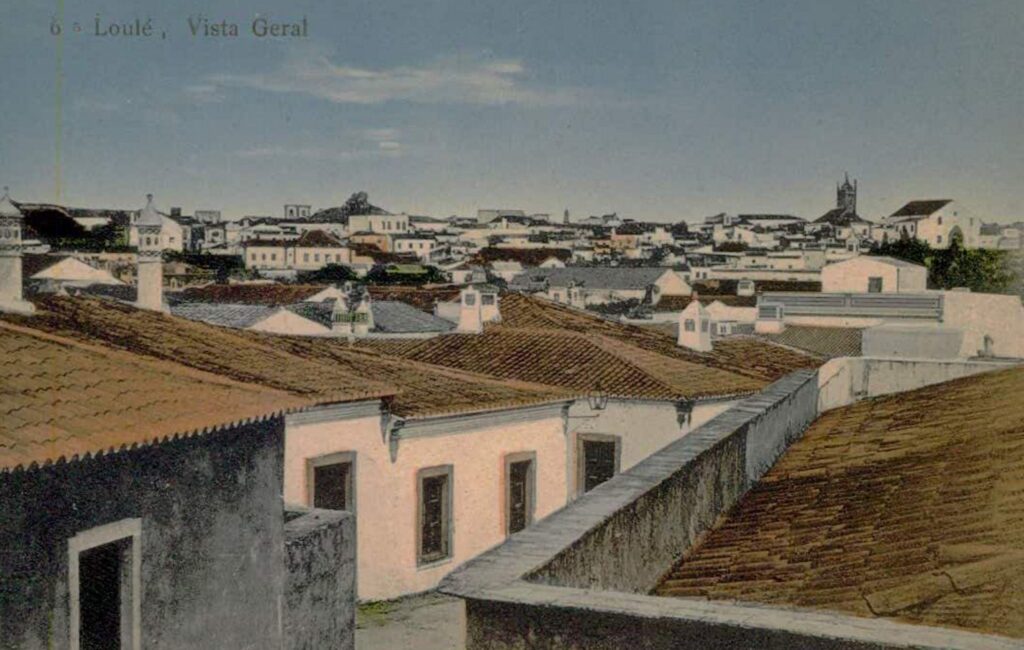
The municipality of Loulé was a land of abundance, but weak in political leaders and this was revealed in the municipal administration: «since [it] has improved compared to what it was a few years ago, it still leaves a lot to be desired».
The Chamber's revenue was high, but the debts that the municipality did not collect were also high, and, as a result, the investment was meager, limited to the «legal allocation for third-order roads».
Many of the titles of the emprazamentos had been "burned or lost due to the civil wars, which ravaged the district, and especially this municipality, from 1832 to 1840" and because of this the Chamber did not enforce their rights, nor did they charge what it was up to him. Without recipes, I didn't carry out works.
The town hall and the court were installed in a «convent that was granted to it for this purpose», the town lacking houses for the other public offices, which, being the authority of the municipality, it was on this that the rents of the «administration were suspended. from the county, the farm division, the telegraphic station, the public schools, the prison guard, the cellar of the foros of the county».
As if that wasn't enough, the city also financed “the barracks of a detachment, with which it has been forced to make many other expenses, due to the need to have a force stationed there for a long time that represses the disorders that this county has been constantly theatre. ».
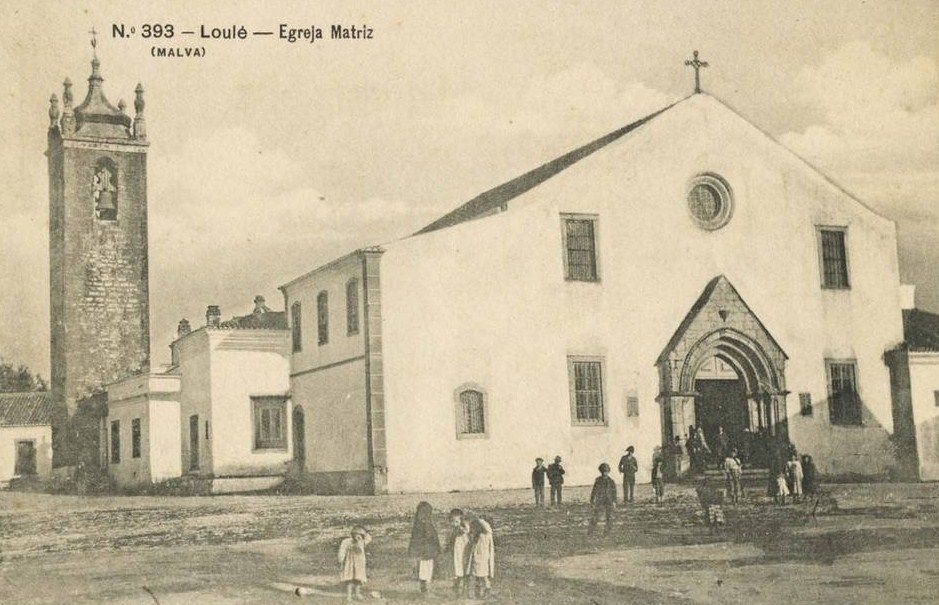
Strictness was not the hallmark of budgets either: «there are many faults and irregularities found in them, so that some already examined are dependent on the fulfillment of orders issued to satisfy the just demands of the courts to which their judgment belongs. ».
On the other hand, books without opening or closing terms and without initials were observed.
The governor arranged for the autarchy to collect the debts, albeit with some rebates. In terms of investment, he suggested the “advantage of acquiring or constructing a building for accommodation in public offices, which are in rented houses”, trying for that purpose that a loan be taken out.
I endorse that it should also contemplate the construction of a new cemetery in the town, 'that the existing one is located in a valley, which on many occasions during the winter is flooded with water and cannot serve the purpose for which it is intended, being furthermore, its inconvenient situation in the vicinity of the village».
The parishes Querença and Boliqueime did not yet have a necropolis, while in the others many were located in the center of the villages, making it necessary to transfer them.
In parish boards, the administration vacillated between three who presented a budget and the rest, whose accounting was in "great disorder."
There were even cases that threw "spills for works in the churches, without superior approval and without adhering to the provisions of the law."
Boliqueime's was one such example, here with a view to building a private cemetery. The governor admitted, however, half guilt, giving orders to "bring things into order", but not proceeding against those who broke the law, for the "abandonment on the part of the civil government in these matters for many years, which somehow excuses the negligence, irregularities and abuses committed».
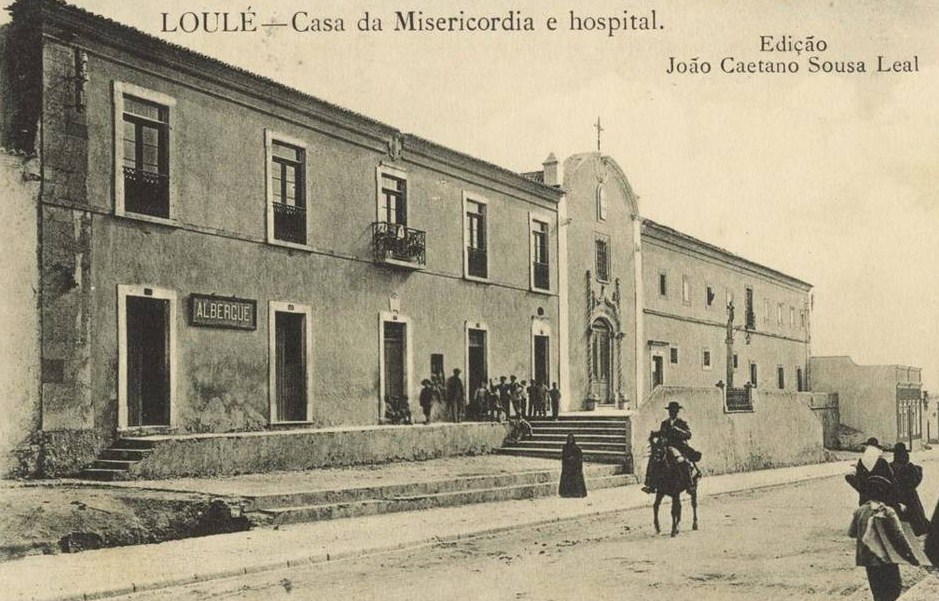
The local Misericórdia owned the hospital, which held 20 patients and was undergoing "repairs and augmentations".
Works that were promoted by the provider Francisco de Freitas e Oliveira, who not only directed them but also financed them for free. Provider who had similarly contributed generous aid to the founding of an underprivileged children's home in the district.
In the municipality, there were no mutual aid associations, and Aires Garrido was committed to their creation. In Boliqueime, one of the three common barns in the Algarve took place.
As for begging, 184 individuals begged on the streets (0,7%), of which 120, the majority, were aged 14 years or over. In turn, there were still 50 people who did not beg (0,2%), but survived from public charity, that is, about 1% of the municipality's population was poor, most of them children.
With regard to education, four public schools: 3 male, attended by 150 students (8,1%); and 1 female per 73 students (3,7%) out of a total of 1 832 and 1 974, boys and girls, respectively. Four parishes did not have any educational establishment. In the village, there was a night school, created by the administrator Henrique Xavier Correia de Sousa Leote, attended by 126 students.
Unlike the other councils, Aires Garrido was sparse in information about Loulé, did not describe the town, nor did he list the works carried out in recent years, and, in terms of priorities, he did not go beyond cemeteries and a new building to house the public offices . Were the streets already paved? Was the city clean? These are questions that remain unanswered.
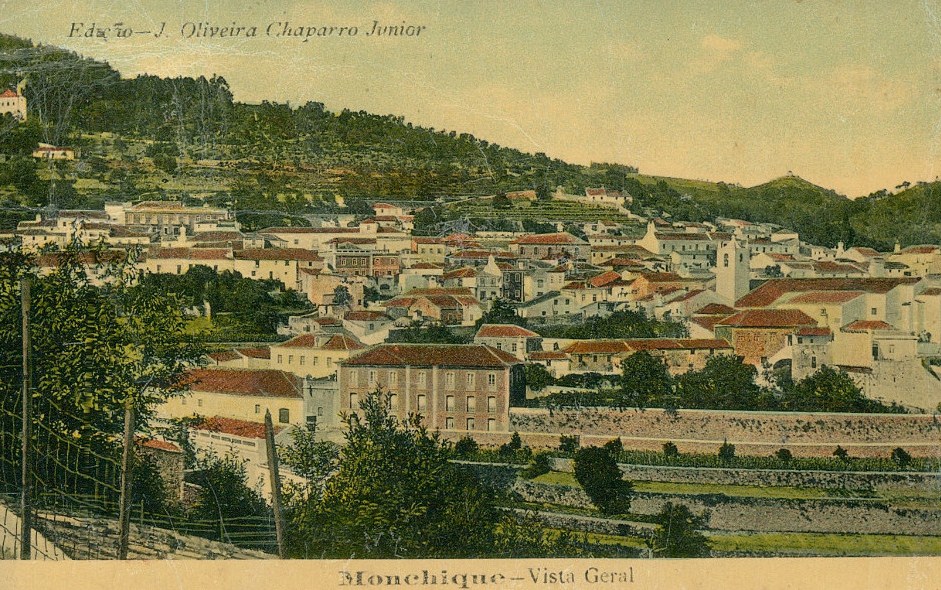
Much more enlightening is the information you provided about Monchique, the municipality he immediately looked into.
«This county, which is made up of three parishes, the villa having 349 apartments, is one of those in which the municipal administration is more irregular and embarrassed due to the ignorance and neglect of the councilors who have served there for many years. , and as a result of the death of the clerk, after an illness that lasted for years, leaving the registry in a pile, which it will be very difficult to bring it to order».
Nevertheless, he recognized that the council that now presided over the destinies of the Monchiquenses was committed "to mend the evils caused by the mistakes or carelessness of its predecessors, but discouraged at every step in the face of the embarrassments that surround it."
The obligatory expenditure was negligible, as officials received low wages, or rather "merely repaid", yet the debt, even without investments, was colossal.
This, despite the many needs: «not to mention those on public roads, which either don't exist, or are terrible; The town hall needs some work, the villa cemetery needs to be added and completed, the Alferse cemetery needs to be rebuilt because it is ruined and very poorly situated, the school house needs to be rebuilt, and so on other houses. such as that of the court and other public offices for various works and improvements».
The governor acknowledged that the Chamber in exercise was making an effort in the most urgent works, such as “fixing the fountains and paving some streets of the villa, which were in great need. ; and in the little he has done he shows zeal and a very commendable economy».
However, the liabilities and the organization did not allow much more, the chaotic state “in which I found the notary, mainly with regard to accounting, was a reason for criminal proceedings”.
However, the clerk had died and the councils, constituted "mostly [by] ignorant farmers, who understand nothing about the service, as is usually the case in rural councils", led that magistrate to refuse to proceed with the process, as this would "involve and to bother a large number of the most considered people in the county”, apologizing further to his predecessors.
Governors who did not examine the budgets as soon as they were presented to them and did not take "the other measures necessary to stop the evil in its beginning".
In fact, between 1852 and 1865, the budgets were organized without basis, with the book of income and expenses showing various errors and many separate papers, Garrido taking steps to prevent, from now on, such irregularities. Recognizing that he would, of course, have to send a special delegate to Monchique for that purpose. But the disorder extended to other themes, including military and electoral registrations.
The local Misericórdia managed the hospital, with a capacity of 14 patients, and in a “sufferable” state of conservation. In the municipality there was also the Hospital das Caldas de Monchique, with a capacity for 80 patients, which was tolerable.
As for begging, apparently and according to the data provided in the Report, it did not exist, which will hardly correspond to reality. In turn, in terms of education, only 2 public schools for boys, attended by 42 children (8,6%), out of a total of 486 existing ones, while girls, 512, did not enjoy any educational establishment.
A confused and irregular administration was what the governor found in Monchique, still earning him an executive for the time being.
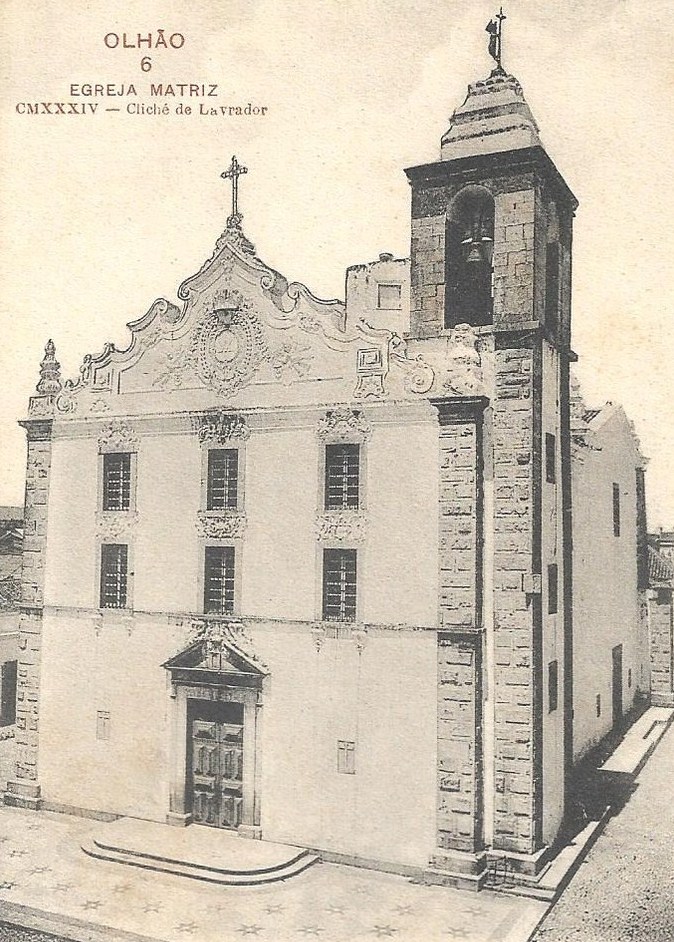
The reality he found in the Ria Formosa was not dissimilar. About Olhão wrote: «this council, which in the first quarter of the present century belonged to the Faro, has grown a lot in population and with specialty the town, which in 1839 had only 1:128 houses, today counts 2:000, being one of the most populated lands of the district and with the greatest industrial activity, mainly in the commercial and fishing sectors. and navigation'.
The old place of Olhão had grown and, it was said, was approximately three times larger than the town of Loulé. The municipal management it had been subjected to also deserved criticism from Aires Garrido here: «for a long time its municipal administration was neglected, it was not only the cause of allowing the town to grow very irregularly, building constructions without alignment and without order, due to so that most of the streets are very narrow and winding and many narrow alleys».
But that was the past, it recognized that the council was committed to making several investments, despite being hampered by debt and municipal expenses, making it necessary to carry out a loan, which they were about to accept.
It is true that there was a liability, but the improvements were also a reality: «an excellent market for fish was recently built there, and it continues, since slowly, in the construction of dogs along the villa, along the edge of the estuary. ».
This construction of the wharf was a work of great importance and similarly costly, in addition to others that the council lacked: «the council does not have its own municipal building, the municipal and administration secretariats of the council being in rental houses, the the court of justice, the property office, the telegraphic station, the schools and the same public chain».
Buildings that, despite being rented, were inadequate, but they were not in better condition, so that, for the governor, it was “indispensable to build a building in which all of them could be placed”.
It also needed to pave most of the village's streets, as well as make other improvements deemed urgent. However, due to the revenue that the municipality collected and the debt, the realization of most of these investments, which "could have already been completed, if there had been zeal and economy in the administration of the municipality on the part of the previous councilors", would only be possible through a credit , it was impossible to raise taxes further.
Both Olhão and the parishes had “regular” cemeteries.
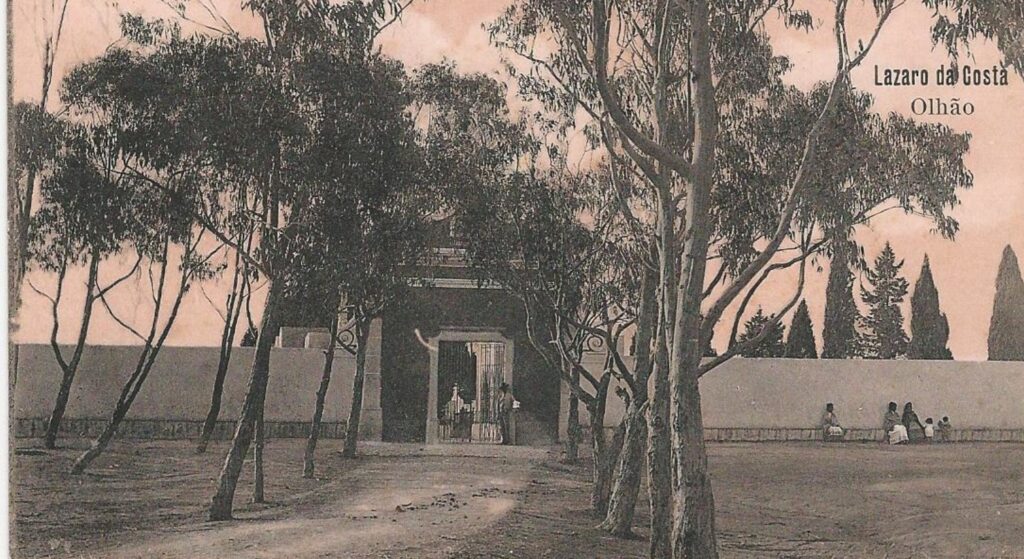
In accounting terms, the budgets were approved until 1852-1853, being analyzed or waiting to be sent in the following years.
The “encryption of municipal accounting books is not complete, due to this lack of impediment to the clerk, who has lately been exonerated and replaced”, some volumes of legislation were still missing, while others were unbound.
Aires Garrido also noted other irregularities, but which had in the meantime been remedied, with the president having shown "the best desire to comply".
At the level of parish councils, no notable nonconformities were detected, “except for the lack of accountability”.
In 1864, according to the Census, the council had 14 054 inhabitants. The village had no Misericórdia, although this was a reality in the parish of Moncarapacho. There was no hospital but mutual aid associations, with a total of 65 "artist" members.
In turn, the maritime engagement in Olhão was the second with the most members in the entire district, after Tavira. Note that Fuzeta still belonged to Tavira, it only joined the municipality on March 22, 1876.
On public roads, 462 individuals begged for alms (3,2%), while 42 (0,3%) survived on charity, without begging.
There were 4 public schools, 3 for boys, attended assiduously by 64 students, and 1 female with 55 students, as well as 3 private male schools, which taught the first letters to 78 boys. Even so, only 8,9% of all kids studied, a percentage that reduced to 3,2% for girls.
Loulé, Monchique and Olhão were three distinct municipalities, representative of the barrocal, the mountains and the coast, respectively, but afflicted by the same problems: mediocre politicians, indebted municipalities, lack of new public buildings or works in them, lack of various infrastructures, very high rates of illiteracy and begging.
In fact, it was difficult for an ignorant, rude and prejudiced people, together with a small, petty and backward elite, to generate "enlightened people".
However, in view of the disaster that he had been tracing, Aires Garrido did not blame the responsibility only on Loulé, Monchiquenses and Olhonse, but also on his predecessors, magistrates who had been conspicuous by the lack of support and supervision of the different institutions in the district.
But it will be that only Lagoa stood out positively in this disturbing journey? And Silves, Tavira or Vila do Bispo? Were these councils an example in the regional context?
This is the question that we propose to answer as early as next week. For later it will remain in Portimão, after all this designation only appeared in 1924, until then it was Vila Nova de Portimão. Manuel Teixeira Gomes, who would elevate the city, was in 1867 only 7 years old….
(Continued)
Author Aurélio Nuno Cabrita is an environmental engineer and researcher of local and regional history, as well as a regular collaborator of the Sul Informação.
Note: In the transcripts, the spelling of the time was maintained. The images used are merely illustrative and correspond to illustrated postcards from the last decade of the XNUMXth century and/or early XNUMXth century.
Read also the previous four parts of this article:
The Algarve in 1867 or a devastating portrait of the Algarve and the region – I
The Algarve in 1867 or a devastating portrait of the Algarve and the region – Castro Marim and Faro
The Algarve in 1867 or a devastating portrait of the Algarve and the region – Lagoa e Lagos
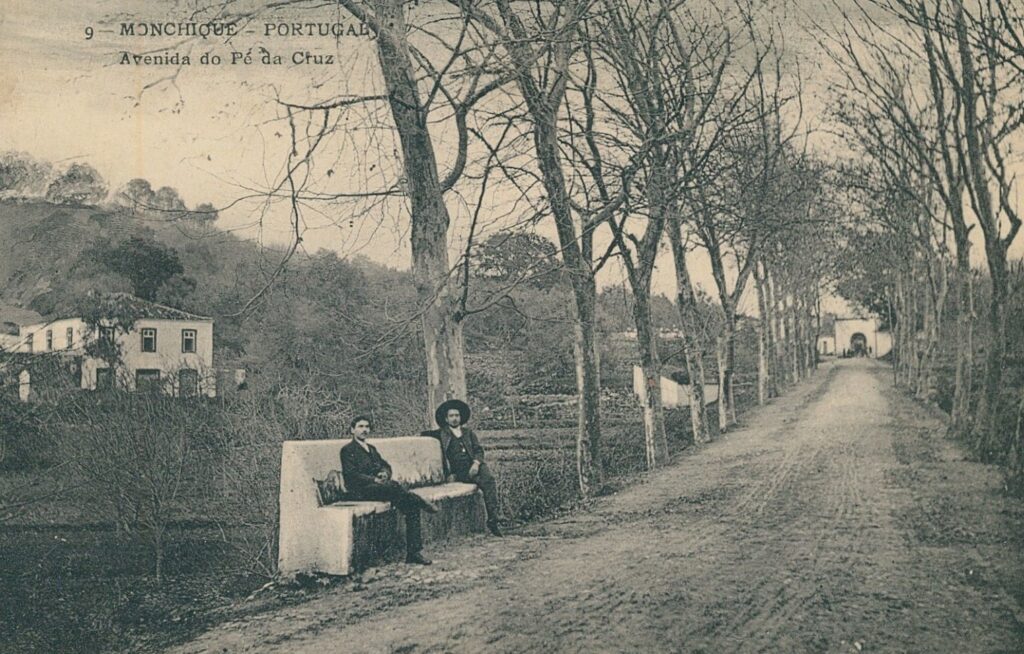



















Comments